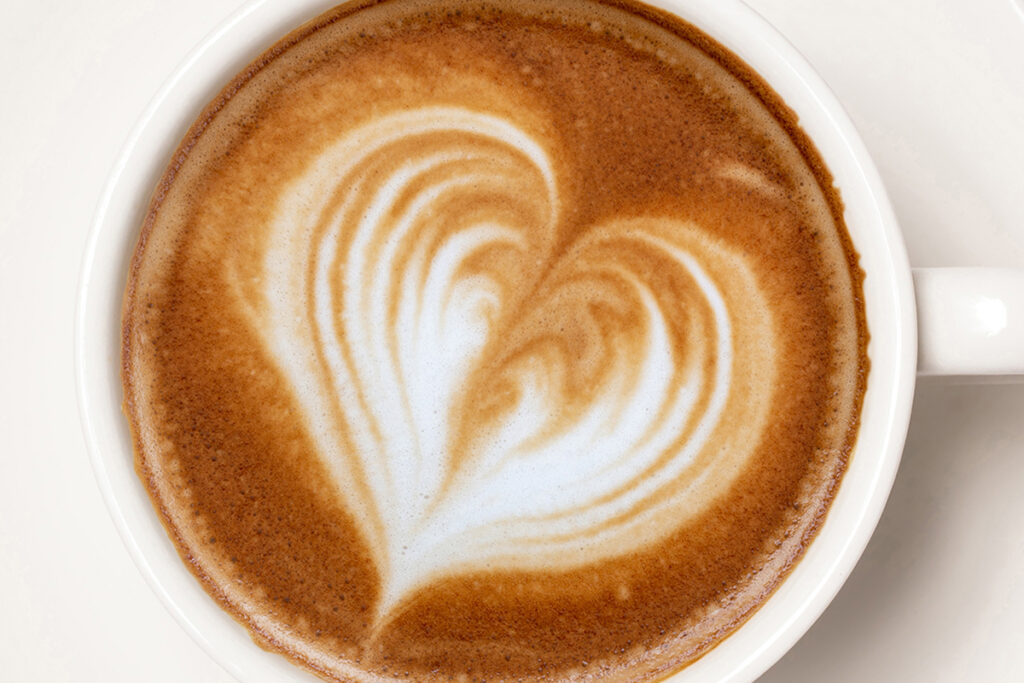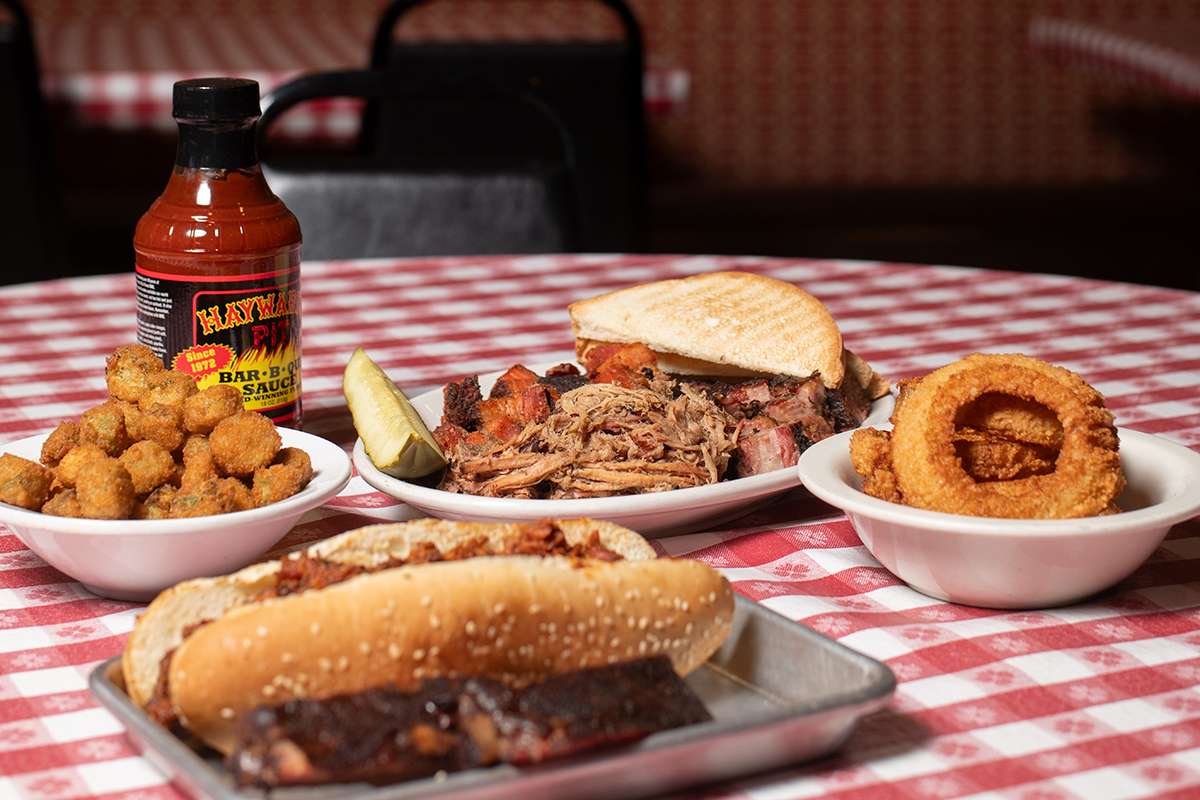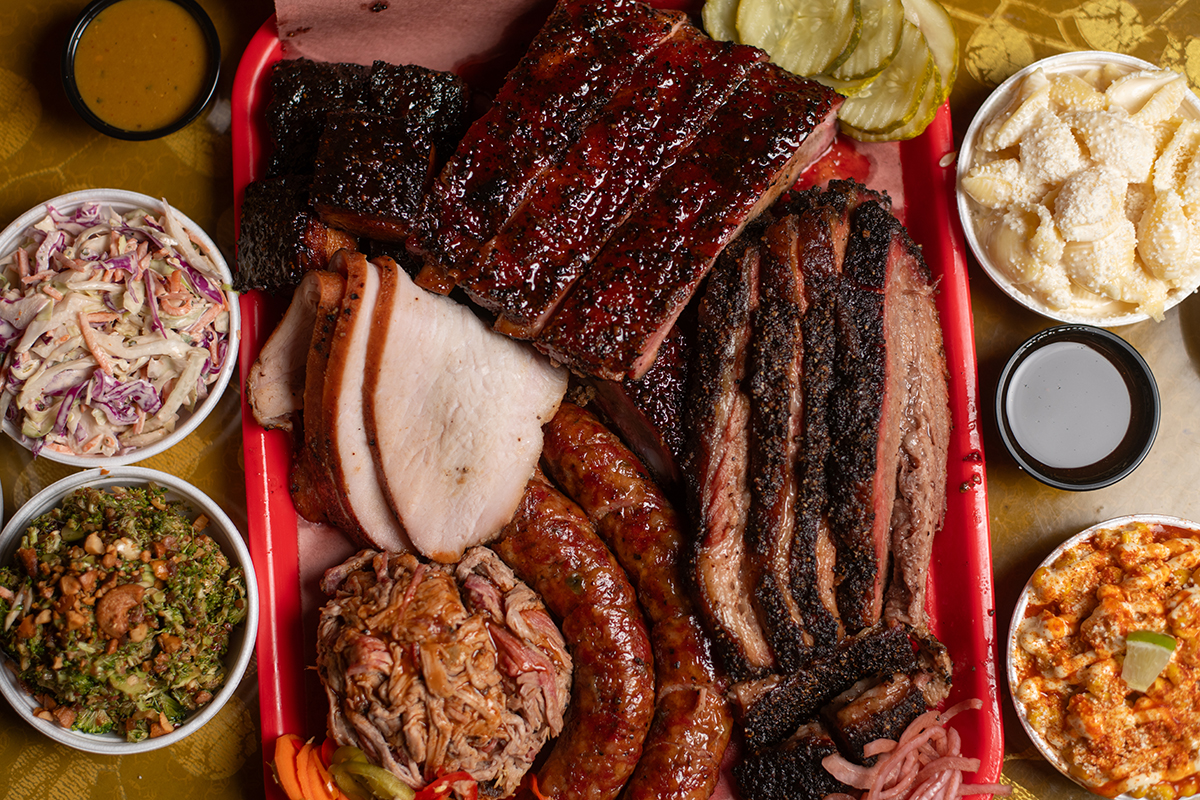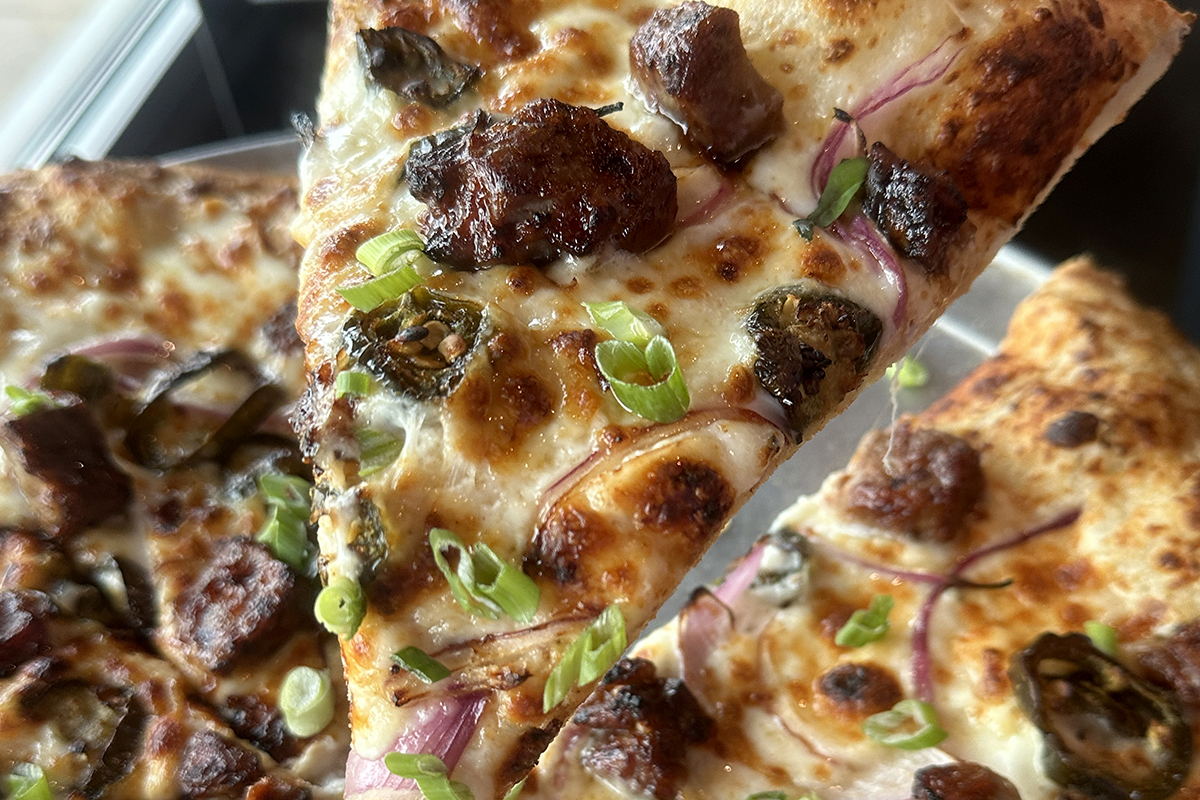Have you ever dreamed of finding an open barista job, going through a multi-round interview process and completing a rigorous training program—only to quit and return to your regular job, but with the precious knowledge of how to make a professional-quality cup of coffee?
I’ll admit to having this exact fantasy. According to Holly Bastin, I’m not alone, which is why she’s started offering a class called Coffee Geek Out with Holly that’s designed to be like your first day behind the bar at a coffee shop. (Instead of staging an elaborate ruse to apply for a barista job, you pay $65.)
“We spend two hours and I take them through exactly what I would take a professional through as an introductory espresso training,” Bastin says. “It’s done assuming you’ve never made espresso before and starting there. Tasting it and understanding the nuances and how little things make a big impact. Understanding how easily you can screw up your coffee and how to make it real good.”
Bastin knows all that. She’s a veteran of the barista competition world who started working as a barista way back in the late nineteen-hundreds. Her first gig was at Espresso Vita near JCCC in Overland Park, which was bought by the venerated PT’s in Topeka. PT’s trained Bastin up and brought her into the world of coffee wholesaling.
Early January is the right time to do the classes because it’s a dead time in most coffee shops. In much the same way that the first two weeks of the year are always the busiest at the gym, they are reliably dead at coffee shops.
“Nobody has money and they just made resolutions and they’re giving up coffee altogether,” Bastin says. “That happens every January for the first half of the month—and then they come crawling back.”
Above, Bastin shares three things to consider when it comes to making espresso at home—all covered in greater detail in Bastin’s class. .
Triple Shot

Realistic budget “If you are genuinely wanting to make cafe-level quality drinks, I’m sorry but it costs money,” Bastin says. “That’s just how it works. You can do it economically. There’s a big spectrum in there.” She says an Aeropress with a Prismo attachment can make real espresso with crema for $70, but the viscosity of the espresso won’t be quite right and it doesn’t have the versatility to do different drinks. A traditional espresso machine that makes cafe-quality drinks starts north of $500.
Grind, grind, grind “The big thing is the grinder,” Bastin says. “Everyone fixates on the espresso machine cost, and they think of the grinder as an afterthought when the grinder is the thing that’s really going to make or break the cafe quality from the jump.” Espresso is a delicate balance of time, temperature and the particle size of the coffee grounds. Getting it right requires “dialing in” the size of the grind on your home machine. “That’s the main variable that we mess with as professionals—we start with the grind.”
Be prepared to give up After learning how hard it is to make consistently great espresso, you may be inclined to just go pay a professional. “So far, it seems like [Coffee Geek Out attendees] really appreciate what their barista is doing a lot more,” Bastin says.
GO: Coffee Geek Out with Holly classes are on Friday, January 6 and Friday, January 27 at PH Coffee on Lexington Avenue in the Pendleton Heights neighborhood.






